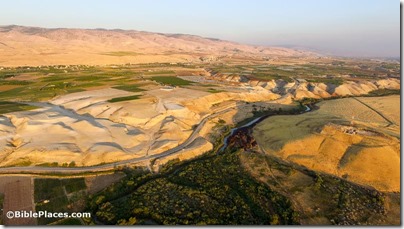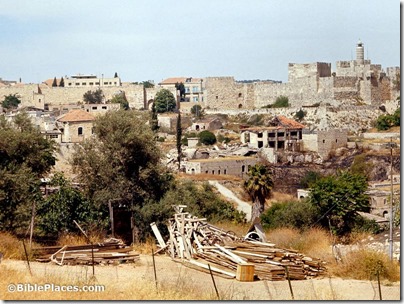Jodi Magness keeps digging up cool mosaics in the Late Roman synagogue at Huqoq. (Unfortunately, they seem to have released only two photos.)
A manuscript with a medical recipe from Hippocrates has been discovered in restoration works of the library of St. Catherine’s Monastery in Sinai.
The first week of excavations has concluded at Gath, and Aren Maeir has posted a daily summaries and photos from the week.
Chris McKinny has posted a summary of Week 1 at Tel Burna.
The first aquarium in Jerusalem will open later this month next to the Biblical Zoo.
A study of ancient sea walls has found that the Romans used a volcanic ash in construction because it was strengthened by its contact with sea water.
“Iraq’s Ministry of Tourism and Antiquities has accelerated its efforts to finish by the end of 2018 the Virtual Museum of Iraq, which will create a comprehensive database of Iraqi archaeological heritage online.”
Hobby Lobby will pay a fine and return artifacts to settle a lawsuit brought by the US government.
The Federalist argues that the US government should allow Hobby Lobby to retain the artifacts because doing so will ensure their preservation and study.
John DeLancey has posted an 11-minute video showing a hike up Mount Arbel. He has several dozen teaching videos on his website here.
The Bible and Interpretation has posted a review article by Aren M. Wilson-Wright, “Hebrew or
Not?: Reviewing the Linguistic Claims of Douglas Petrovich’s The World’s Oldest Alphabet.”
Lawrence Schiffman writes about a recent conference of Jewish, Christian, and Muslim scholars on the history and archaeology of the Temple Mount.
Wayne Stiles: “Have you noticed how often hymn writers use the Jordan River as a metaphor for transitions in the spiritual life? That may be because the Bible does the same.”
Ferrell Jenkins asks, “Did Philip baptize the Ethiopian at ’Ain ed-Dirweh?”
Scott Stripling is the guest this week on The Book and the Spade, discussing the first season of ABR excavations at Shiloh.
Tom Powers investigates celebrations of the 4th of July held by the American Colony in Jerusalem.
HT: Ted Weis, Charles Savelle, Agade, Joseph Lauer



